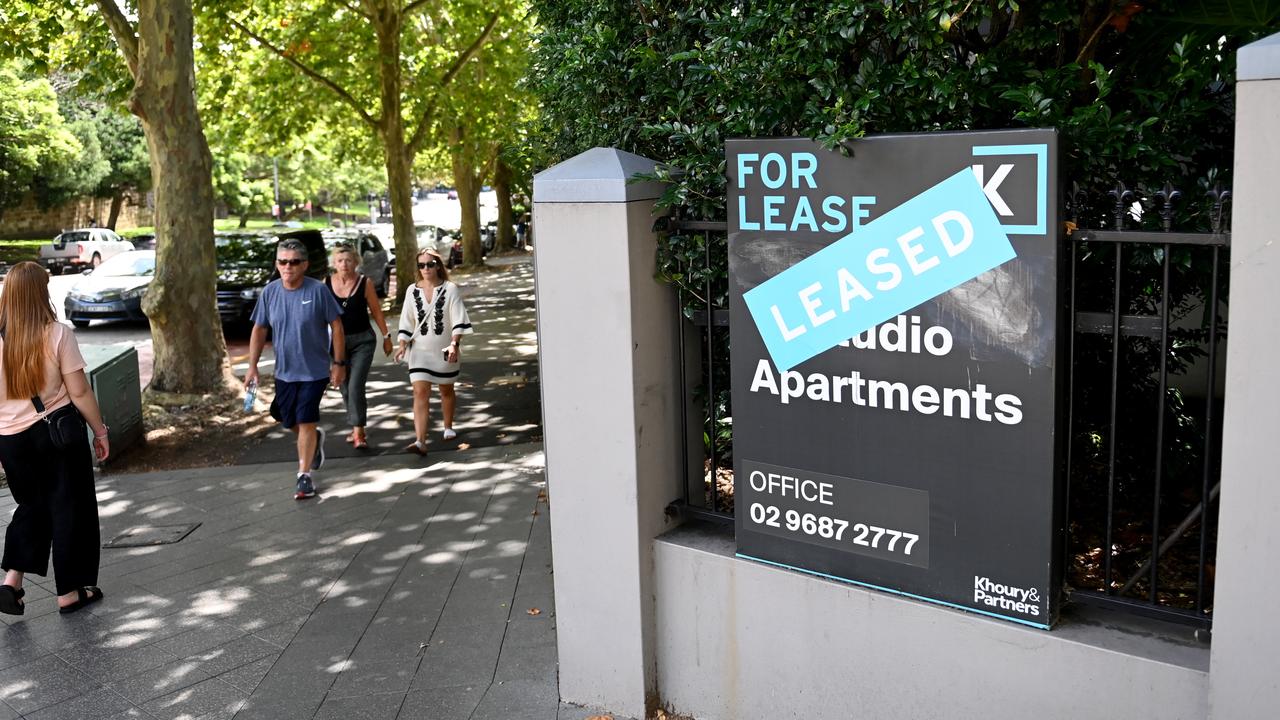Has the market got Afterpay right?
Valuing a company that’s pioneering a new sector is tricky, and not everyone’s convinced the market has got Afterpay right.

As Afterpay continues to confound the market, naysayers have always been able to trot out the deeply sceptical UBS analysis on the stock — where a long-held price target of $14 had meant the bank thought Afterpay was worth less than a quarter of its current stock price.
Now UBS has bit the bullet, moving its estimate for the company from $14 to $25.
No doubt the Afterpay believers will point to this upward revision as proof their favourite stock is better than we thought. The naysayers will point out the Swiss bank now thinks Afterpay is still only worth around a third of its listed price.
Certainly the UBS research team has been seriously out of line with consensus and remains so: most brokers at the larger houses have a price target on Afterpay of about $43, against this week’s price of near $70.
At least UBS is now within striking distance of some of the more conservative assessments on the company, such as Macquarie Bank and Morgan Stanley, which share an identical price target of $36.
The new UBS calculation is also quite close to the price put on the company the last time real money was put on the table. That was in May, when e-commerce giant Tencent acquired a 5 per cent stake in Afterpay at an average acquisition price of about $22.63.
Back then the shorts were running hard on Afterpay, with nearly 4 per cent of the stock “shorted”. That figure has now dwindled to below 2.3 per cent. Nonetheless, the stock remains highly volatile, making daily appearances in the most traded shares of any single session, and as likely to appear in the day’s “top falls” as its “top rises”.
In many ways the wide spectrum of price targets captures the essential difficulty of trying to analyse a listed company where there is little or no precedent. The buy now, pay later behemoth is still making the rules of this new consumer finance sector as the months go by.
Staying with the bears
UBS continues to make it very clear the bank is a nonbeliever in the Afterpay story, with a strong “sell” on the stock. Among the most pressing concerns it cites for Afterpay is the endless need for funding at the loss-making company. As the broker explains, every time Afterpay gets a new customer (grows its receivables book) the new customer must be funded, reducing free cash generation.
Currently valued at about $17.7bn, Afterpay does not make a profit and has revenue of around $311m.
But so-called “peer multiples” can have a powerful influence as the wider sector, including Zip and Sezzle, enjoy a flurry of upgrades and new deals. The momentum in the sharemarket has to be taken on board in any broker estimation.
In a recent note Jason Teh of Vertium Asset Management captured a prevalent view on the stock when he questioned the fundamentals behind the current share price.
“Afterpay has performed spectacularly well since the crisis,” he said.
“Given that Afterpay still makes losses, shareholders often justify its rich valuation based on price to sales (PS) multiples. At the depth of the crisis it could be argued that Afterpay looked cheap versus its historical PS range, when its share price collapsed 78 per cent from peak to trough. However, after its spectacular rally its PS multiples imply that the company’s prospects are 40 per cent better than in February. Have the fundamentals improved that much or has speculation driven a portion of its rally?”








How much is Afterpay worth? The buy now, pay later stock has a spectrum of valuations but few have been as low as UBS. But UBS has suddenly had a change of heart, hiking its price target by 78 per cent.